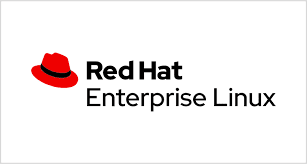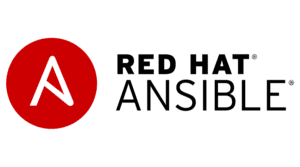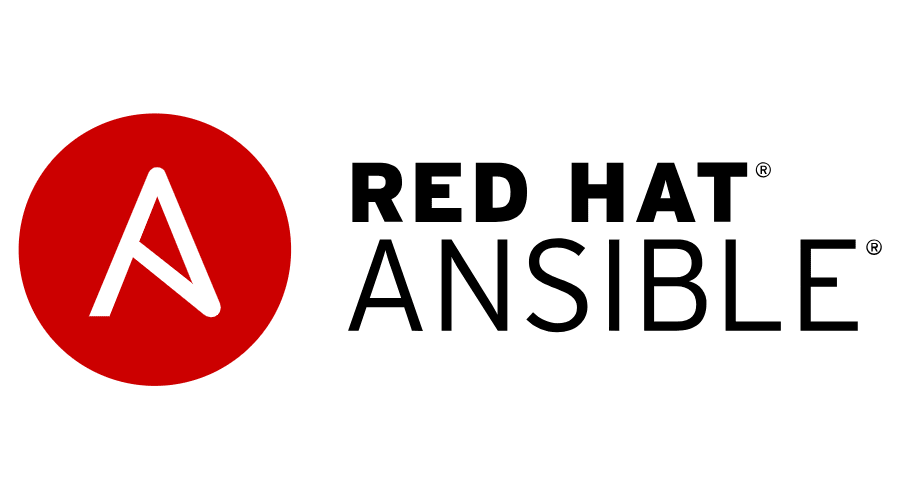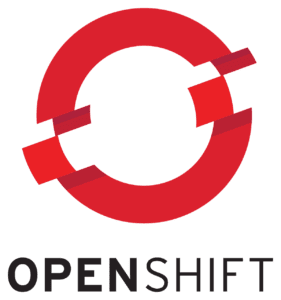Red Hat Enterprise Linux


What is Red Hat Enterprise Linux (RHEL)?
Red Hat Enterprise Linux (RHEL) is an enterprise Linux operating system (OS) developed by Red Hat for the business market.
Red Hat Enterprise Linux is the world’s leading enterprise Linux platform, * certified on hundreds of clouds and with thousands of hardware and software vendors. Red Hat Enterprise Linux can be purchased to support specific use cases like edge computing or SAP workloads. It is the successor of Fedora’s core. It is also an open-source distribution, like fedora and other Linux operating systems.
Why Choose Red Hat Enterprise Linux?


Features of Red Hat Enterprise Linux (RHEL)
RHEL powers and supports several technologies. Among them are application development tools, automation protocols, cloud computing, containers, middleware, storage, microservices, virtualization, and management software.
Mitigate potential risks across the hybrid cloud by helping organizations build a platform with greater stability and trust.
Automate and manage to make it easier for organizations to minimize manual tasks, standardize deployment at scale, and simplify the administration of their systems.
Solve problems with the edge with enhancements that increase workload resiliency and security at the edge.
The security model implemented for Linux is based on Unix; it is very safe against the Internet and other attacks as well, they explained in EDUCBA, also emphasizing how customizable this operating system is.
Talk to Us About Your RHEL Requirements
Red Hat Ansible Automation

What is the Red Hat Ansible Automation Platform?
Red Hat Ansible Automation Platform provides an enterprise framework for building and operating IT automation at scale, from hybrid cloud to the edge.
Red Hat Ansible is an IT Automation tool. It automates the daily Event-handling solutions in the IT Environments and supports a variety of platforms across servers, clouds, networks, and containers.
It enables users across an organization to create, share, and manage automation—from development and operations to security and network teams.
This provides a more secure and stable foundation for deploying end-to-end automation.


Why Choose Red Hat Ansible?
What Does Red Hat Ansible Offer?


Features and Benefits of Red Hat Ansible Automation Platform
Schedule a Demo of Red Hat Ansible
Please submit your details here to schedule a demo, and a member of our team will reach out to you.
Red Hat Open Shift

What is Red Hat OpenShift?
Red Hat OpenShift is a leading enterprise Kubernetes platform that enables a cloud-like experience everywhere it’s deployed. Whether it’s in the cloud, on-premise, or at the edge, Red Hat OpenShift gives you the ability to choose where you build, deploy, and run applications through a consistent experience. Red Hat OpenShift’s full-stack automated operations and self-service provisioning for developers lets teams work together more efficiently to move ideas from development to production.

Who Uses Red Hat Openshift?
Red Hat OpenShift gives developers and IT operators a consistent app platform to manage hybrid cloud, multi-cloud, and edge deployments so your business can innovate quickly.
Business Leaders
By choosing Red Hat OpenShift, business leaders help their operations teams focus on managing workloads while helping developers deploy code the way they want to. Red Hat OpenShift gives teams a consistent user experience and a single platform on which to deploy and scale digital products and services across the hybrid cloud. Teams only need to learn 1 interface, regardless of where Red Hat OpenShift is deployed, making it faster and easier to make changes and get apps up and running.
IT Operations
Red Hat OpenShift is focused on security needs and makes deploying and managing container platforms easier. With integrated platform monitoring and automated maintenance operations and upgrades built in, Red Hat OpenShift gives IT operations teams the control, visibility, and management they need to deploy, manage, and build code pipelines with ease.
Developers
Red Hat OpenShift gives developers a single, consistent user experience and the freedom to quickly build and deploy apps anywhere using the tools they want. By developing on a Kubernetes platform instead of coding to the specifics of their existing infrastructure, developers can automate once and run anywhere, whether they are on-premise, on a public cloud, or using a hybrid infrastructure.
Features and Benefits
Work With Traditional, Modernized, and Cloud-native Applications
Support the most demanding workloads, including AI/ML, Java, data analytics, databases, and more. Automate deployment and life-cycle management with our vast ecosystem of technology partners.
Deploy Applications Closer to Your Users and Data
Get faster data-driven outcomes and better application experiences anywhere—even at your most remote locations—with Red Hat OpenShift at the edge.
Empower Your Edge Inferencing With Mlops
Accelerate AI/ML workflows and the delivery of AI-powered intelligent applications with self-managed Red Hat OpenShift or our AI/ML cloud service.
Improve the Security of the Full Application Life Cycle
Decrease your operational risk by shifting security left and automating DevSecOps, using built-in policy templates to enforce security and configuration best practices, and protecting application workloads at runtime.
Gain End-to-End Visibility and Control for Your Kubernetes Clusters
Extend the value of Red Hat OpenShift by deploying applications, managing multiple clusters, and enforcing policies across clusters at scale, all from a single console.
